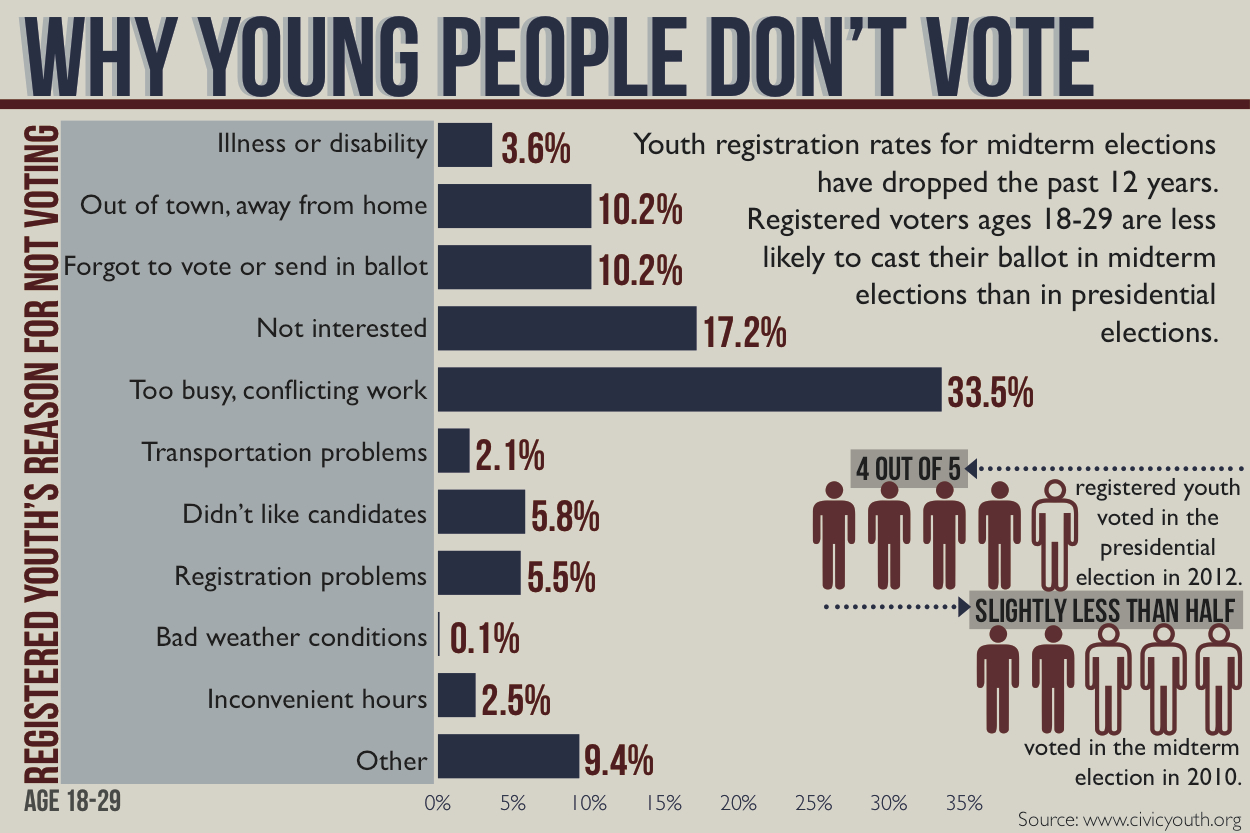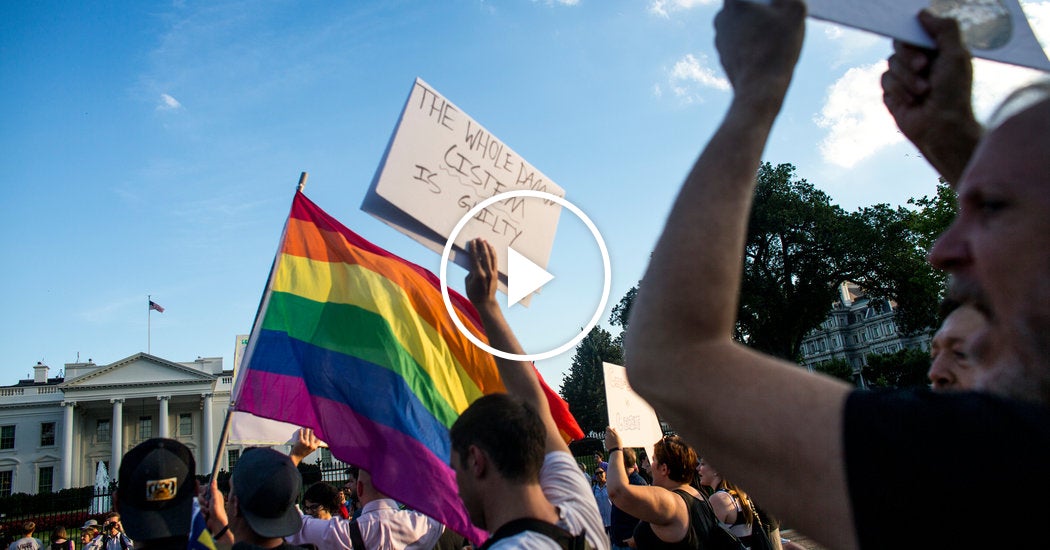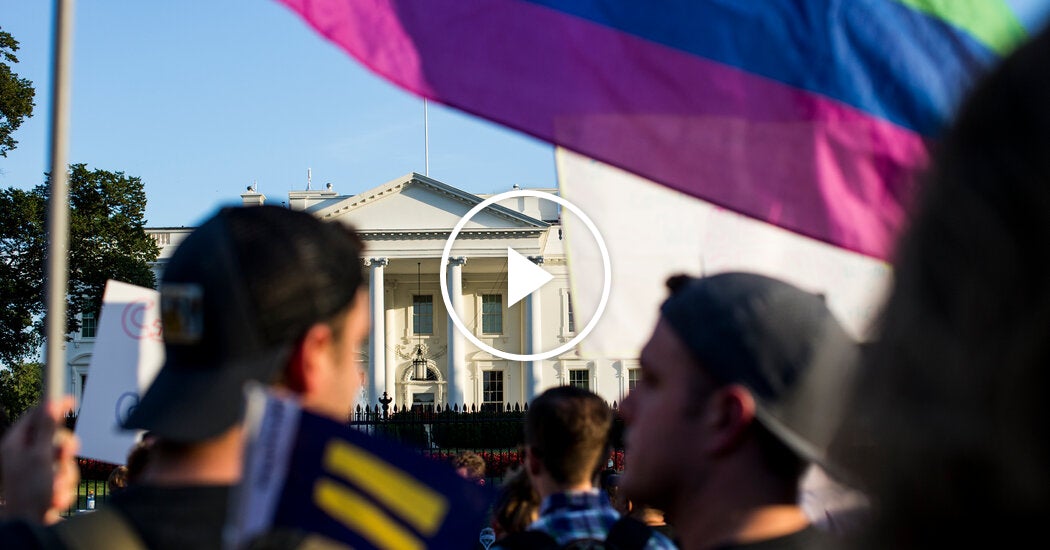Florida And Wisconsin Election Turnout: What It Means For The Future Of Politics

Table of Contents
Analyzing Florida's Voter Turnout Trends
Florida's electorate is increasingly diverse and dynamic, leading to complex shifts in voter turnout.
Demographic Shifts and Participation
Florida's population is rapidly changing. A significant influx of retirees and a growing Hispanic population are reshaping the electorate. This demographic shift directly impacts voter turnout.
- Older voters (65+): Consistently demonstrate high voter turnout rates, influencing election outcomes significantly.
- Hispanic voters: Their growing numbers and increasing political engagement are transforming the state's political landscape, affecting overall turnout.
- Younger voters (18-29): Historically demonstrate lower turnout rates compared to older demographics. Increased efforts to engage this group are critical to future election outcomes.
Data from the Florida Division of Elections reveals a steady increase in registered voters over the past decade, though participation rates among younger demographics lag behind.
The Role of Key Issues in Florida Elections
Specific policy issues greatly influence Florida's election turnout. Healthcare, environmental protection, and education consistently rank as top concerns for voters.
- Healthcare: The Affordable Care Act and its potential repeal have been central in mobilizing voters in recent elections.
- Environment: Concerns over rising sea levels, hurricanes, and environmental protection have spurred increased voter engagement.
- Education: Funding for public schools and the quality of education remain key issues influencing voter participation.
Extensive political advertising and media coverage surrounding these issues significantly shape voter perceptions and motivate turnout. The active involvement of both the Republican and Democratic parties in mobilizing voters around these key issues further intensifies election participation.
Impact of Electoral Systems and Processes
Florida's electoral system plays a significant role in shaping voter turnout. The availability of early voting and absentee ballots has increased accessibility.
- Early Voting: Provides voters with greater flexibility and convenience, often leading to increased participation.
- Absentee Voting: Allows voters unable to reach polling places on election day to participate.
- Voter Registration: While generally accessible, challenges remain in ensuring all eligible citizens are registered.
Streamlining the voter registration process and improving accessibility to polling places could further enhance participation in future elections.
Examining Wisconsin's Voter Turnout Trends
Wisconsin's history of high voter turnout, particularly in presidential elections, has recently seen fluctuations.
Historical Context and Recent Changes
Wisconsin has a tradition of robust civic engagement, with historically high voter turnout. However, recent years have witnessed increased political polarization, impacting participation.
- Historical Highs: Wisconsin consistently ranked among states with the highest voter turnout until recent decades.
- Political Polarization: The increasing divide between the two major parties has potentially influenced turnout, with some voters feeling less engaged or represented.
- Civic Engagement Initiatives: Efforts to promote voter education and increase civic participation continue to be important factors.
Data on voter registration and participation rates demonstrates a noticeable shift in turnout patterns over the past two decades.
The Influence of Campaign Strategies and Spending
Campaign strategies and spending significantly affect Wisconsin's voter turnout.
- Grassroots Campaigns: Proven effective in mobilizing voters at a local level.
- Digital Campaigns: Expanding reach and engagement, particularly among younger voters.
- Campaign Advertising: Influences voter perceptions and can significantly impact turnout.
Effective campaign strategies, utilizing both traditional and digital methods, are crucial for maximizing voter mobilization.
Challenges and Opportunities for Increased Participation
Wisconsin faces challenges in ensuring all eligible citizens participate.
- Accessibility Issues: Geographic location and accessibility to polling places can hinder voter participation for some.
- Voter Suppression Efforts: While less prevalent than in some other states, potential concerns remain.
- Expanding Voter Registration: Simplifying registration processes and making them more accessible can encourage participation.
Implementing initiatives to address these challenges and expand voter registration opportunities is key to improving turnout.
Comparative Analysis: Florida vs. Wisconsin
Comparing Florida and Wisconsin reveals both similarities and differences in voter turnout patterns.
- Similarities: Both states have experienced periods of high and low turnout, influenced by demographic shifts and key policy issues.
- Differences: Florida's rapidly changing demographics and increasing reliance on early voting contrast with Wisconsin's more stable population and historical emphasis on in-person voting.
- Common Factors: Political polarization and the influence of campaign strategies are common factors affecting turnout in both states.
Analyzing these similarities and differences offers valuable insights into the factors driving voter participation across different contexts.
Conclusion: Implications for the Future of Politics in Florida and Wisconsin
Understanding Florida and Wisconsin election turnout trends is crucial for predicting future electoral outcomes. Both states have witnessed significant shifts in demographics and policy priorities, impacting voter engagement. Addressing challenges related to accessibility, voter registration, and promoting civic engagement is paramount to ensuring robust and representative elections. These swing states will continue to play a pivotal role in national politics, making understanding their voter turnout patterns essential for political strategists and policymakers alike. To learn more about your local elections and how to register to vote, visit your state's election website: [Link to Florida's Election Website] and [Link to Wisconsin's Election Website]. Your participation shapes the future of Florida and Wisconsin election turnout, and ultimately, the future of American politics.

Featured Posts
-
 Sec Considers Xrp A Commodity Amidst Ripple Settlement Negotiations
May 02, 2025
Sec Considers Xrp A Commodity Amidst Ripple Settlement Negotiations
May 02, 2025 -
 Is This Christina Aguilera Fans React To Heavily Edited Photoshoot Images
May 02, 2025
Is This Christina Aguilera Fans React To Heavily Edited Photoshoot Images
May 02, 2025 -
 Bbcs 1 Billion Funding Gap Unprecedented Problems Ahead
May 02, 2025
Bbcs 1 Billion Funding Gap Unprecedented Problems Ahead
May 02, 2025 -
 Bbc Two Hd Programming Newsround Air Times
May 02, 2025
Bbc Two Hd Programming Newsround Air Times
May 02, 2025 -
 Trust Care Health Announces Expansion Into Mental Health Services
May 02, 2025
Trust Care Health Announces Expansion Into Mental Health Services
May 02, 2025
Latest Posts
-
 Deconstructing The Arguments Around Trumps Transgender Military Ban
May 10, 2025
Deconstructing The Arguments Around Trumps Transgender Military Ban
May 10, 2025 -
 The Impact Of Trumps Transgender Military Ban An Opinion
May 10, 2025
The Impact Of Trumps Transgender Military Ban An Opinion
May 10, 2025 -
 Trumps Transgender Military Policy A Comprehensive Analysis
May 10, 2025
Trumps Transgender Military Policy A Comprehensive Analysis
May 10, 2025 -
 Dissecting Trumps Transgender Military Ban An Opinion Piece
May 10, 2025
Dissecting Trumps Transgender Military Ban An Opinion Piece
May 10, 2025 -
 The Transgender Military Ban Unpacking Trumps Rhetoric
May 10, 2025
The Transgender Military Ban Unpacking Trumps Rhetoric
May 10, 2025
